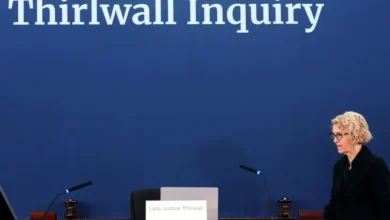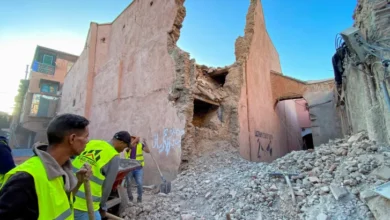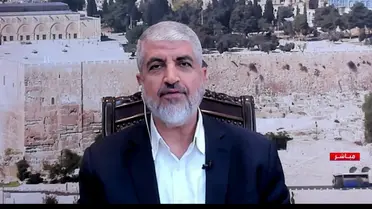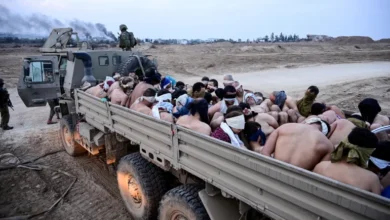US assessing military responses to Iran-backed attacks in Middle East
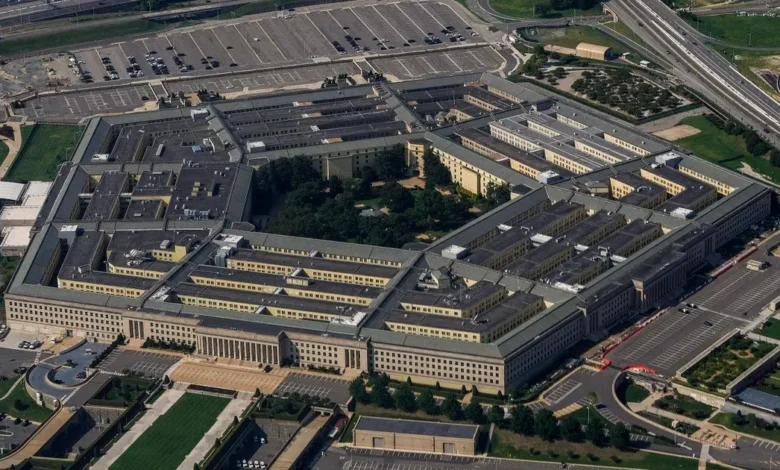
US defense and military officials have been deliberating over a response to Iran-backed attacks across the Middle East as they await the green light from the Biden administration, according to officials and sources familiar with the matter.
US forces in Iraq and Syria have been targeted over 100 times since October 17, which was just 10 days after the deadly Hamas attack on Israel.
The US military has publicly announced at least six different responses as they look to contain the war in Gaza and prevent a new war that would drag US boots back on the ground.
After several weeks of attacks, US President Joe Biden had only ordered responses inside Syria in what analysts and former officials have described as largely symbolic strikes despite some of the attacks on US troops being in Iraq.
The US had avoided responding inside of Iraq due to an already frustrated Iraqi public sentiment towards Washington. But the US has since targeted Iran-backed militias inside Iraq and killed several fighters, officials have said.
Defense Secretary Lloyd Austin spoke to the Iraqi prime minister about Baghdad’s obligation to protect US diplomatic and military personnel in the country. Secretary of State Antony Blinken also held similar talks with the Iraqi premier to drive home a similar message.
Austin said the US had the right to act in self-defense against those who attacked the US and called out Iran-backed Kataeb Hezbollah and Harakat al-Nujaba for being behind most of the attacks.
According to one US official, who, like others, spoke on condition of anonymity to discuss sensitive information, the United States was giving the Iraqi government a chance to reign in these militias. Baghdad’s security forces have arrested a handful of culprits. Still, the official said it appears unlikely that the Iraqi government will be able to put an end to these attacks on Americans in the country at the invitation of the Iraqi government.
In recent days, the top US military general for the Middle East had talks with the top US military general and Pentagon chief to discuss potential responses.
US Central Command (CENTCOM) chief Gen. Erik Kurilla now has a list of different retaliatory attacks lined up and ready to be directed once the US president okays a response.
“Deterrence has not worked thus far,” said one US official.
Gen. Kurilla traveled to Iraq, Syria, Jordan, Egypt and Israel last week. He also visited the USS CARNEY in the Red Sea, which has shot down ballistic missiles and drones launched by the Houthis multiple times over the last few weeks.
Calculating a proper response
The Biden administration has publicly stated its intention not to launch any attacks that would escalate fighting in the Middle East.
Thousands of US troops are based in the region and any retaliation to US strikes could put them in danger immediately. Nevertheless, the US military is prepared to strike back at the attacks as well as the Iran-backed Houthis in Yemen for shooting down an American MQ-9 Reaper drone and for hijacking and attacking commercial vessels in the Red Sea.
Official says any potential response would have more of an impact and message directed towards Iran than previous strikes, which the US has accused of being behind the uptick in attacks across the region.
However, the calculations for the scale and type of attack(s) are still being made. Carrying out strikes against the Houthis in Yemen and militias in Iraq and Syria would be almost equivalent to declaring war, one official said, pointing to the different factors being considered.
That is something the US does not want as part of its objectives on policy for Gaza. According to officials, policy decisions are being made on five pillars: protect, deter, contain, assure, and force projection.
So far, the US has been able to protect its troops for the most part in the region as well as contain the fighting to Gaza. Officials say the US has also assured Israel of its commitment to helping it defend itself and respond to Hamas. Washington has also shown that it is capable of surging assets to the Middle East while not taking its eye off the threat from China to the Indo-Pacific or its ability to provide assistance to Ukraine as it continues to fight off a Russian invasion.
The fifth pillar that has not been achieved is deterrence, current and former US military officials have said.
“There’s a fine line between avoiding escalation and inviting continued opportunities for Iranian and Houthi attacks, based on a perceived fecklessness on our part,” the former head of the US Central Command, Gen. Frank McKenzie, said in a recent interview with POLITICO.
